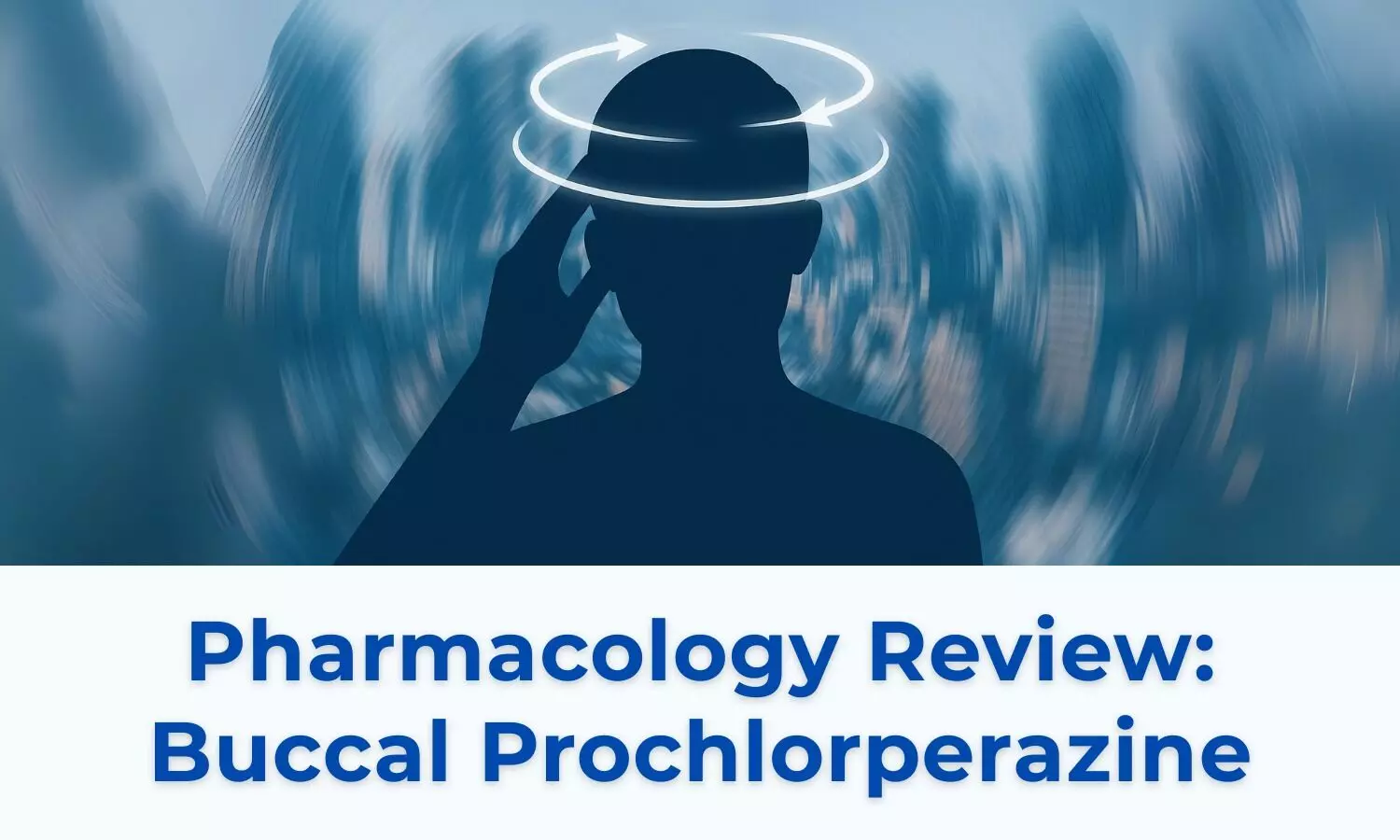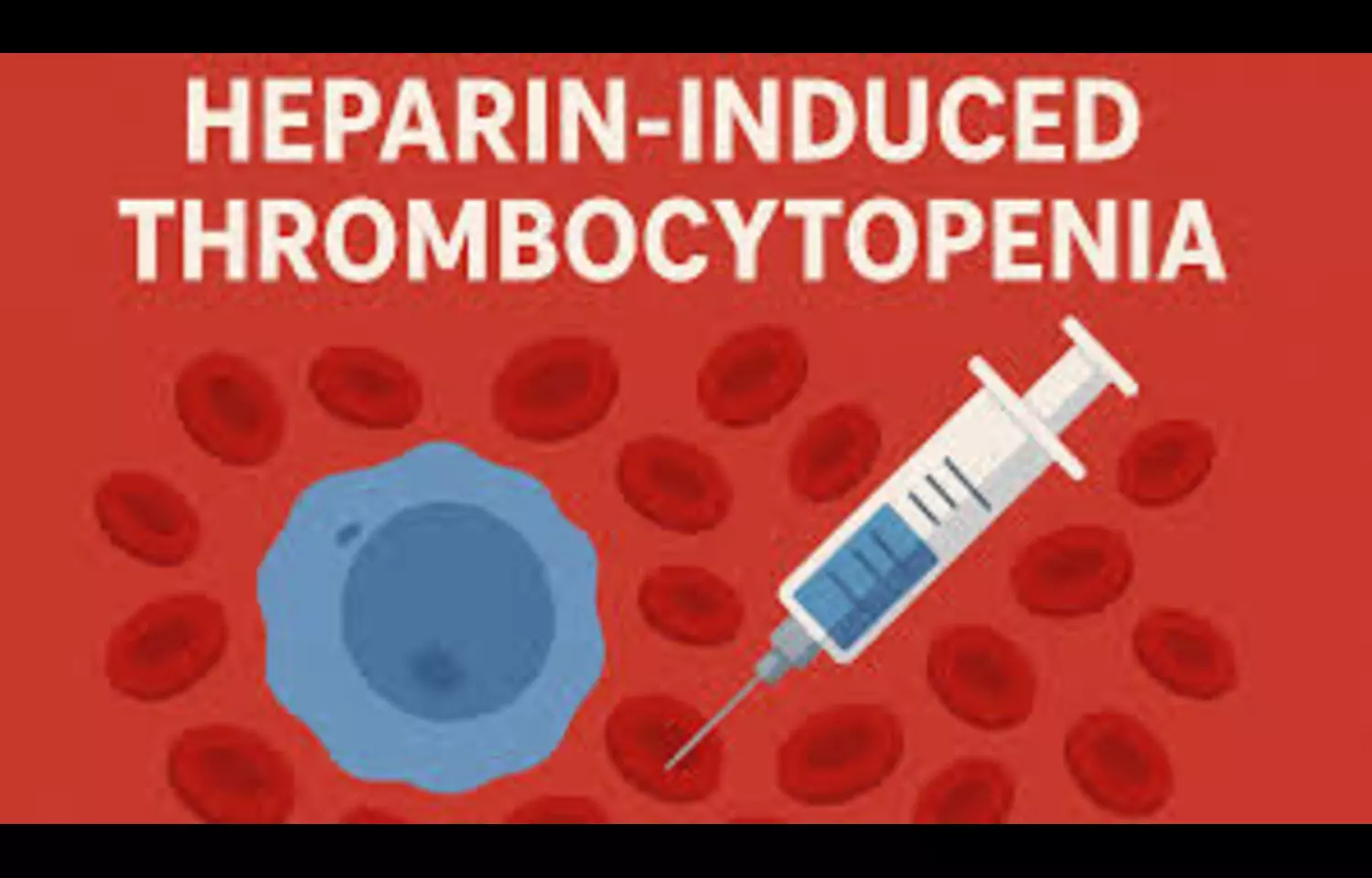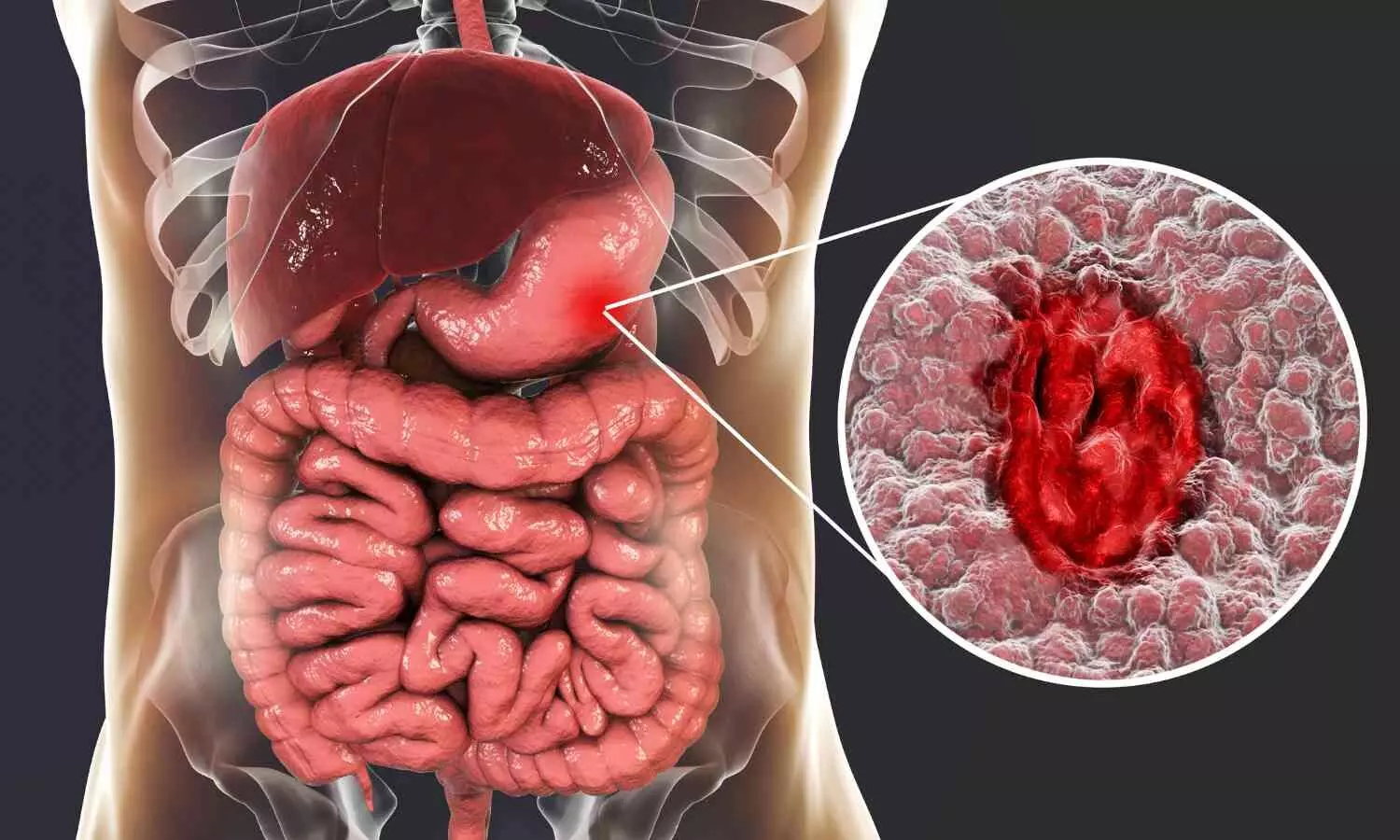Breathing device could have profound impact on survival for people with sleep apnea and type 2 diabetes
Powered by WPeMatico
Powered by WPeMatico
Powered by WPeMatico

West Bengal- The Government of West Bengal has issued a notice for the National Eligibility and Entrance Test-Undergraduate (NEET UG) Ayush 2025 Counselling in West Bengal for Under Graduate AYUSH State Quota, AYUSH Private College Management Quota and AYUSH Private College Central Quota seats 2025.
The candidates who have qualified through NEET UG 2025 conducted by the National Testing Agency (NTA) and want to participate in the counselling in West Bengal Under Graduate AYUSH State Quota, AYUSH Private College Management Quota and AYUSH Private College Central Quota seats 2025, are advised to take note of the following details.
STATE QUOTA
The qualified candidate through NEET UG 2025 who wants to participate in WB State Quota UG seats must note that either the candidate or his/her parent/s must be domiciled in the State of West Bengal. They have to download the domicile certificate proforma from the counselling website and have to fill appropriate form and get it signed and stamped by the appropriate authority.
During document verification, such a certificate in its original form has to be produced by the candidate before the verifying authority of the college. Only after successful verification of such a certificate, the candidate shall be considered for Online Choice filling and Allotment for State Quota seat, provided the other required documents (as discussed later in this Notice) are properly in place.
MANAGEMENT QUOTA
The Management Quota in the Private AYUSH colleges in West Bengal in 2025 are also going to be filled up by online counselling, which is to be conducted by WBMCC. The candidates qualified for NEET UG 2025 (UR/EWS cut off 50 percentile; UR PwD/EWS PwD cut off 45 percentile; SC/ST/OBC/OBC Category A/OBC Category B/SC PwD/ST PwD/OBC PwD/OBС Category A PwD/OBC Category B PwD cut off 40 percentile) are eligible for management quota seats.
However, the candidates who are not domiciled in the State of West Bengal are eligible for Management Quota seats in Private AYUSH colleges in West Bengal. They are also eligible for AYUSH Private College Central Quota Seats (till Round 3) in West Bengal.
ELIGIBILITY
The candidate must obtain a minimum qualification with a pass mark in class XII Higher Secondary or equivalent examination as per his or her caste status in WB. Otherwise, the candidature shall be cancelled. The candidate has to pass in PCB and English separately with 50% marks in combination of PCB for UR/EWS candidates or 40% marks in combination of PCB for UR PwD/EWS PwD candidate or 40% marks in combination of PCB for SC/ST/OBC CATEGORY A/ ОВС САТEGORY B/SC PwD/ST PwD/OBC CATEGORY A PwD/ОВС САТEGORY B PwD candidates (caste certificate must be issued in WB). or The eligibility cut off for Management quota seats shall be 50 percentile for UR/EWS candidates 45 percentile for UR PwD/EWS PwD candidate or 40 percentile for SC/ST/OBC candidates with or without PwD status. For such quota seats domicile certificate is not required but the age and class XII exam result criteria are applicable.
AGE
Age should be at least 17 years by 31.12.2025. Date of birth must be on or before 01.01.2009 to become eligible. This is an essential criterion to become eligible for counselling.
DOCUMENTS FOR THE STATE QUOTA
1 Candidate Profile Letter and payment receipt generated online after successful payment.
2 Domicile certificate (a1, a2, b) or having a valid domicile certificate from the e-district website.
3 Valid Voter card/Aadhar card/Passport of parent in case of domicile certificate of parent is given showing address as West Bengal (any 2 of the three ID cards as mentioned above).
4 Caste Certificate as applicable (issued in the State of West Bengal).
5 NEET UG 2025 admit card.
6 NEET UG 2025 Rank card.
7 PwD certificate issued/verified through the online link provided by MCC, DGHS, Govt. of India from IPGMER Kolkata as applicable.
8 Age Proof (age should be 17 years by 31.12.2025)
9 Class 10+2 mark sheet for verification of marks.
10 Medical Certificate (from Registered Medical Practitioner).
DOCUMENTS FOR THE MANAGEMENT QUOTA
1 Candidate Profile Letter and payment receipt generated online after successful payment.
2 NEET UG 2025 admit card.
3 NEET UG 2025 Rank card.
4 Age Proof (age should be 17 years by 31.12.2025).
5 Class 10+2 mark sheet for verification of marks.
6 Medical Certificate (from Registered Medical Practitioner).
7 Caste certificate as applicable (required only for cut-off eligibility).
8 PwD certificate issued/verified through online link provided by MCC, DGHS, Govt. of India from IPGMER Kolkata as applicable (required only for cut-off eligibility).
DOCUMENTS FOR THE PRIVATE AYUSH COLLEGE CENTRAL QUTA SEATS (AVAILABLE TILL ROUND 3)
1 Candidate Profile Letter and payment receipt generated online after successful fee payment
2 Caste certificate as applicable (caste certificates of other states are also allowed, but these caste certificates are only required for cut-off eligibility, like Management Quota seats).
3 NEET UG 2025 Admit card.
4 NEET UG 2025 Rank card.
5 PwD certificate issued by IPGMER Kolkata as applicable
6 Age Proof (age should be 17 years by 31.12.2025)
7 Class 10+2 mark sheet for verification of marks
8 Medical Certificate (from Registered Medical Practitioner).
STEP FOR ONLINE COUNSELLING
STEP 1- Online Registration & Application & Fee Payment.
STEP 2- Pre-Choice fill-up stage of Physical Document Verification of the successfully paid candidates.
STEP 3- Choice filling and Choice locking of the successfully verified candidates.
STEP 4- Publication of the processed Result of allotment based on the eligibility of candidates.
To view the notice, click the link below
Powered by WPeMatico

The Clinical Value of Buccal Prochlorperazine
Prochlorperazine remains a clinically valuable agent for managing nausea, dizziness, vertigo, and vestibular migraine. (1) However, oral administration is often limited by variable absorption, significant first-pass metabolism, and poor tolerability in symptomatic patients. With such clinical needs, buccal delivery serves as a relevant treatment option with potential advantages in pharmacokinetic reliability and ease of use, particularly in ENT and neurology settings. (2)
Buccal Mucosa as a Drug Delivery Site: Physiology and Practical Use:
The buccal mucosa provides a highly vascularized, enzymatically stable surface that supports sustained drug absorption while bypassing first-pass metabolism. (4) Compared to sublingual delivery, the buccal mucosa covers a larger surface area (23% of oral mucosa) and is better suited for systemic drug delivery, allowing longer mucosal contact and more consistent plasma levels. (4) Buccal tablets are required to ideally be placed high between the upper gum and cheek, left undisturbed for 1–2 hours, with patients advised to avoid eating, drinking, or switching sides. (2)
Pharmacokinetics of Buccal vs Oral and IV Prochlorperazine
Buccal prochlorperazine demonstrates superior pharmacokinetics to oral swallowed tablet dosing, with over twice the systemic exposure (AUC₀–∞: 11.3 vs 4.5 ng·h/mL), higher peak plasma levels (0.545 vs 0.26 ng/mL), and reduced interpatient variability. Metabolite exposure, including prochlorperazine sulfoxide, is approximately 50% lower with buccal administration compared to the oral swallowed route. (5) Compared to IV administration, buccal delivery provides comparable symptom relief with fewer adverse effects. (6) A twice-daily buccal regimen offers therapeutic equivalence to oral dosing, a swallowed tablet administered three to four times daily and may serve as a non-invasive alternative to IV therapy in selected clinical settings. (4)
Clinical Applications of Buccal Prochlorperazine Across Indications
Buccal Prochlorperazine- Faster Symptom Control in Vertigo: In a randomized, double-blind trial involving 169 patients with vertigo, buccal prochlorperazine (3 mg twice daily) was compared to oral prochlorperazine (5 mg three times daily) swallowed tablet over seven days. The buccal form showed a significantly faster onset of relief within a few hours (p=0.004), with over half (56%) of patients improving within a few hours, versus 40% in the oral group. At 24–36 hours, buccal prochlorperazine significantly reduced nausea frequency (p=0.02) and vomiting severity (p = 0.05). Buccal prochlorperazine offers faster relief and better control of nausea and vomiting than oral forms, with improved tolerability, making it a preferred option for rapid symptom relief in vestibular disorders. (7)
Buccal Prochlorperazine Better Tolerability Than Oral Metoclopramide Post-Surgery Nausea & Vomiting: In a study including 50 post-cholecystectomy patients, buccal prochlorperazine (3 mg) led to faster relief (15–60 min vs 30–60 min) than oral swallowed metoclopramide, and better tolerability than oral metoclopramide. About 72% of the patients found it very easy to use, 68% had no mucosal irritation, and no patients had vomiting recurrence. (8)
Buccal Prochlorperazine in Headache: Comparison with Oral Ergotamine-Caffeine: In a randomized trial of 114 migraine episodes, 3 mg buccal prochlorperazine achieved headache relief within 2 hours in 59.5% of cases, significantly outperforming oral ergotamine-caffeine swallowed tablet and placebo (22–28%). Over 50% patients had complete relief by 60 minutes (p < 0.001), with superior control of nausea, photophobia, and phonophobia. (9)
Why Buccal Prochlorperazine Deserves Broader Use?
Buccal prochlorperazine offers practical benefits beyond pharmacokinetics. Its ease of administration and non-invasive delivery (unlike parenteral forms) improve compliance in nauseated, elderly, or motion-sensitive patients. In outpatient and acute care settings, it provides a convenient alternative where IV access is impractical or oral swallow tablet absorption may be unpredictable or less unreliable. Given its favorable tolerability profile and rapid symptom control, buccal prochlorperazine holds unique value in clinical practice. (5,6,7,8)
Key Takeaway
References:
1. Ilambarathi, M., A. Yeolekar, D. Roy, S. Saxena, and S. Kumar. “A Prospective, Multicenter Study to Evaluate the Effectiveness and Safety of Prochlorperazine in Patients Suffering from Vestibular Migraine”. International Journal of Otorhinolaryngology and Head and Neck Surgery, vol. 10, no. 3, Apr. 2024, pp. 258-64, doi:10.18203/issn.2454-5929.ijohns20240950.
2. Ward AE. Studies of prochlorperazine as a buccal tablet (Buccastem) and an oral tablet (Stemetil) for the treatment of dizziness, nausea or vomiting in a general practice setting. Br J Clin Pract. 1988;42(6):228-232.
3. Chapter 15 – Buccal and sublingual drug delivery systems,Editor(s): Kevin Ita,Drug Delivery,Academic Press,2025, Pages 323-359,ISBN 9780443267871,https://doi.org/10.1016/B978-0-443-26787-1.00015-1.
4. Teubl, Birgit J et al. “The oral cavity as a biological barrier system: design of an advanced buccal in vitro permeability model.” European journal of pharmaceutics and biopharmaceutics : official journal of Arbeitsgemeinschaft fur Pharmazeutische Verfahrenstechnik e.V vol. 84,2 (2013): 386-93. doi:10.1016/j.ejpb.2012.10.021
5. Finn A, Collins J, Voyksner R, Lindley C. Bioavailability and metabolism of prochlorperazine administered via the buccal and oral delivery route. J Clin Pharmacol. 2005;45(12):1383–1390. doi:10.1177/0091270005281044
6. Fernando, Tasha et al. “Buccally absorbed vs intravenous prochlorperazine for treatment of migraines headaches.” Acta neurologica Scandinavica vol. 140,1 (2019): 72-77. doi:10.1111/ane.13104
7. Bond CM. Comparison of Buccal and Oral Prochlorperazine in the Treatment of Dizziness Associated with Nausea and/or Vomiting. Curr Med Res Opin. 1998;14(4):203-212. DOI: 10.1185/03007999809113360
8. Singh S, Sharma DR, Chaudhary A. Evaluation of prochlorperazine buccal tablets (Bukatel) and metoclopramide oral tablets in the treatment of acute emesis. Journal of the Indian Medical Association. 1999;97(8):346–347.
9. Sharma S, Prasad A, Nehru R, Anand KS, Rishi RK, Chaturvedi S, Bapna JS, Sharma DR. Efficacy and Tolerability of Prochlorperazine Buccal Tablets in Treatment of Acute Migraine. Headache. 2002 Oct;42(9):896–902. doi:10.1046/j.1526-4610.2002.02177.x
Abbreviations: ENT – Ear, Nose, and Throat, IV – Intravenous, AUC₀–∞ – Area Under the Curve from time zero to infinity (drug exposure over time), Cmax – Maximum concentration of the drug in blood
Powered by WPeMatico

Raipur: The Chhattisgarh government on Wednesday signed a memorandum of understanding (MoU) with a Telangana-based hospital for operating a 240-bed super speciality hospital, built at a cost of Rs 200 crore in Jagdalpur, the headquarters of Bastar district in the state, an official said.
Chhattisgarh’s Department of Medical Education and Continental Hospitals, Telangana, signed the MoU under the Pradhan Mantri Swasthya Suraksha Yojana (PMSSY) in the presence of Chief Minister Vishnu Deo Sai and state Health Minister Shyam Bihari Jaiswal at Mantralaya Mahanadi Bhawan, an official statement said, news agency PTI reported.
As per the agreement, the hospital, built at a cost of Rs 200 crore by the government, will be operated by Continental Hospitals, and health facilities will be provided at government-prescribed rates, the official said.
Also Read:Chhattisgarh Private Hospitals halt Ayushman Bharat services over payment delays
On the occasion, Sai said this hospital will bring world-class healthcare to the doorstep of every citizen, especially those in the tribal regions.
The project, which was started eight years ago, has now reached a historic milestone as Chhattisgarh celebrates its silver jubilee, he said.
This hospital will provide immense benefit to the people of Bastar, who have long been forced to travel to cities like Raipur and Bilaspur for advanced medical treatment, he said.
He also noted its critical role for security forces (involved in anti-Naxal operations in the region), stating that injured jawans, who had to be airlifted to Raipur in the past, will now receive cutting-edge treatment directly in Jagdalpur.
State Health Secretary Amit Kataria said that of the Rs 200 crore amount, Rs 120 crore were borne by the central government and Rs 80 crore by the state government, with significant contributions from the National Mineral Development Corporation (NMDC) that operates iron ore mines in the region’s Dantewada district.
The 10-storey, 240-bed facility hospital is spread across 11 acres and will be equipped with modern machinery and medical equipment, he said.
It will feature specialised departments, including cardiology (heart disease), nephrology (kidney disease), neurology and neurosurgery (brain and nerve disease), urology, gastroenterology, Kataria said.
The hospital will offer advanced facilities for OPD, ICU, and emergency services. A team of expert doctors will provide treatment at government-prescribed rates, making high-quality care accessible not only to the Bastar division but also to patients from across Chhattisgarh and beyond, he added.
Official sources said the hospital is likely to be inaugurated on November 1, the Chhattisgarh statehood day, this year.
Also Read:Chhattisgarh: Over 130 health institutions get National Quality Certification
Powered by WPeMatico

Heparin-induced thrombocytopenia (HIT) is a serious immune-mediated adverse effect of heparin therapy, characterised by thrombocytopenia and a high risk of thrombotic complications. Despite established clinical and laboratory diagnostic criteria, the precise immunopathogenesis of HIT remains incompletely understood. The identification of specific pathogenic antibodies could provide insights into disease mechanisms and guide the development of targeted diagnostic and therapeutic strategies.
A recent observational study evaluated nine patients with confirmed HIT to determine the presence, clonality, and pathogenic potential of heparin-dependent antibodies. Using advanced immunologic assays, researchers detected monoclonal antibodies in all patients, establishing a consistent link between these antibodies and HIT pathogenesis. Functional assays confirmed that these monoclonal antibodies were capable of activating platelets in a heparin-dependent manner, directly contributing to the thrombotic phenotype observed clinically. The study highlights that HIT may not be driven by polyclonal antibody responses, as previously thought, but rather by the action of specific monoclonal pathogenic antibodies. This discovery has multiple clinical implications. First, detection of monoclonal HIT antibodies may allow for earlier and more precise diagnosis, improving patient management and reducing the risk of thrombotic complications. Second, the identification of a monoclonal antibody target offers a potential avenue for developing targeted therapies that neutralize pathogenic antibodies without broadly suppressing immune function. Finally, these findings may inform risk stratification, helping clinicians identify patients at higher likelihood of severe HIT-related outcomes. Overall, this research advances the understanding of HIT immunopathogenesis and provides a foundation for the next generation of diagnostic and therapeutic approaches. The findings support further exploration into monoclonal antibody-targeted strategies, which could transform the clinical management of this high-risk condition and reduce morbidity associated with heparin therapy.
Powered by WPeMatico

A new long-term study published in the journal of Diabetes Care revealed that early metabolic patterns in prediabetes can forecast the risk of developing severe complications decades later in individuals at risk of type 2 diabetes (T2D). The findings highlight that while many people with prediabetes remain metabolically stable, specific subgroups face sharply increased risks of vision, nerve, kidney, and heart problems.
The research analyzed clinical data from 1,732 participants, tracking 12 health-related traits including blood sugar levels, insulin resistance, kidney function, blood pressure, and cholesterol. To make sense of these long-term patterns, the team applied tensor decomposition to uncover longitudinal trajectories, and Gaussian mixture modeling to classify patients into clusters. Complication risks for each group were then compared using regression analyses.
The study identified 4 clear clusters of prediabetes progression:
The study points to a critical shift in how prediabetes should be viewed. Roughly two-thirds of individuals appear “metabolically resilient,” showing low long-term complication rates even if they progress to diabetes. However, the remaining third exhibit early metabolic signals that precede specific, severe complications.
Overall, this research emphasized that preventive strategies must be tailored accordingly. For those with early kidney issues, the window to prevent cardiovascular disease may actually come before diabetes fully develops. Also, aggressive management of insulin resistance in high-risk individuals could stave off vision and nerve damage.
Source:
Kobayashi, E., Linden-Santangeli, N. J., Chan, N., Toomey, C. B., Mudaliar, S., Temprosa, M., Edelstein, S., Goyal, R., Rangamani, P., Majithia, A. R., Diabetes Prevention Program Research Group, Bray, G. A., Gadde, K. M., Culbert, I. W., Arceneaux, J., Chatellier, A., Dragg, A., Champagne, C. M., Duncan, C., … Hivert, M.-F. (2025). Longitudinal metabolic trajectories in Diabetes Prevention Program participants reveal subgroups with varying micro- and macrovascular complication risks. Diabetes Care,. https://doi.org/10.2337/dc25-0866
Powered by WPeMatico

Netherlands: Researchers have found in a new study that fractional flow reserve–guided complete revascularization during the index procedure is effective for patients with non–ST-segment elevation myocardial infarction (NSTEMI) and multivessel disease.
Powered by WPeMatico

A new study published in the International Journal of Dermatology revealed that alopecia areata patients treated with baricitinib had no reported thrombotic events over 6 months, indicating no increased risk of venous thromboembolism (VTE) in this population.
Based on post-marketing data from patients with rheumatoid arthritis (RA) receiving tofacitinib, the European Medicines Agency (EMA) released an advisory in January 2023 on the risk of VTE associated with Janus kinase inhibitors (JAKi) in chronic inflammatory disorders. Given that RA is a recognized independent risk factor for VTE, this might be biased.
Additionally, the effects of JAKi differ due to differences in enzyme selectivity. In this investigation, VTE risk factors were examined in a cohort of AA patients who were eligible for baricitinib therapy. Additionally, any changes in laboratory VTE markers following 6 months of baricitinib treatment were evaluated.
The patients with moderate-to-severe AA who were ≥ 18 years old, suitable for therapy with baricitinib 4 mg, and who presented to the department consecutively between July 2023 and July 2024 were included in a prospective observational research. During the screening appointment, baseline clinical and demographic information was gathered.
Patients with major (a prior VTE episode) or minor (smoking status, active malignancies, family history of VTE, prior thrombophlebitis, recent trauma or fractures, prolonged immobilization, major recent surgeries, use of estrogen-progestin contraceptives, and recurrent miscarriages) clinical risk factors for VTE were also identified through a comprehensive medical history check. Additionally, baseline and 6-month therapy levels were assessed for antiphospholipid antibodies (lupus anticoagulant, anti-cardiolipin, and anti-β2 glycoprotein I), protein C, antithrombin III, homocysteine, protein S, and factor VIII.
After being evaluated for baricitinib therapy eligibility, 47 individuals with moderate-to-severe AA were included to the trial. Based on the previously published criteria, none of the screened patients showed a contraindication to the therapy. In terms of clinical VTE risk factors at baseline, 1 patient (2.1%) had a history of superficial thrombophlebitis, 5 women (10.6%) were taking combination estrogen-progestin contraceptives, and 8 out of 47 patients (17%) were heavy smokers.
There were no significant risk factors in any of the patients. Although two patients (4.2%) had bone fractures, which are recognized clinical risk factors for VTE, there were no thrombotic events while on baricitinib. Laboratory tests conducted on 37 out of 47 patients after 6 months of continuous medication revealed no changes in the majority of patients. Overall, these results imply that the risk of experiencing adverse events from VTE might be decreased for individuals who are eligible for baricitinib therapy.
Source:
Caldarola, G., Ferretti, A., Pinto, L. M., Di Gennaro, L., De Luca, E., Falco, G. M., De Simone, C., De Cristofaro, R., & Peris, K. (2025). No increased risk of thromboembolic events during 6-month treatment with baricitinib in patients with alopecia areata. International Journal of Dermatology, ijd.70051. https://doi.org/10.1111/ijd.70051
Powered by WPeMatico

Researchers have established in a new study that extensive gastric atrophy (GA) greatly increases the risk of esophageal squamous cell carcinoma (ESCC) development. This new large Japanese cohort study yields more compelling evidence, demonstrating that open-type GA independently elevates the risk of ESCC, even after risk factor adjustment for established risk factors including age, sex, alcohol, and smoking. The study was published in Digestive Endoscopy journal by Kenta W. and colleagues.
The investigation was a retrospective nationwide cohort study that involved 17 health check-up centers in Japan. There were 33,461 participants who received endoscopy from 2013 to 2017 and had at least one follow-up endoscopy up to December 2022. GA was assessed endoscopically and was classified into three groups: atrophy-free, closed-type GA, and open-type GA. The incidence of ESCC was evaluated by Kaplan-Meier survival analysis and Cox regression models by the researchers. Multivariable adjustment was done by considering key confounders such as age, gender, drinking, and smoking.
Results
Of the 33,461 participants, 17,398 (52.0%) were atrophy-free, 8257 (24.7%) had closed-type GA, and 7804 (23.3%) had open-type GA.
During a median follow-up duration of 6 years, 77 new ESCC cases were newly diagnosed.
The incidence rates were shown to vary significantly among the groups:
Atrophy-free group: 24 cases (0.024% per year)
Closed-type GA group: 15 cases (0.031% per year)
Open-type GA group: 38 cases (0.089% per year)
Statistical analysis showed that open-type GA had a strong correlation with increased ESCC risk (p < 0.001).
In a model adjusted for known risk factors, open-type GA was an independent risk factor with an adjusted hazard ratio of 2.72 (95% CI: 1.58–4.69).
Closed-type GA did not correlate with ESCC after adjustment.
This huge Japanese cohort study presents new evidence that severe gastric atrophy of the open-type is causally associated with a higher risk of esophageal squamous cell carcinoma. Closed-type GA was not associated with such risk, suggesting that atrophy severity is crucial. The results highlight the need to recognize GA, especially open-type, as a possible marker of ESCC risk and stress the necessity for strict long-term follow-up in this group.
Reference:
Watanabe K, Fukuda S, Kubota D, et al. Potentially Causal Associations Between Extensive Gastric Atrophy and Esophageal Squamous Cell Carcinoma: A Nationwide Retrospective Cohort Study in Japan. Dig Endosc. Published online August 26, 2025. doi:10.1111/den.70019
Powered by WPeMatico
